Sort:
The average pro reviews rating is 8.8 / 10, based on the 9 reviews.
How we do it
We humanly agregate professional reviews from a number of high quality sites. This way, we are giving you a quick way to see the average rating and save you the need to search the reviews on your own. You want to share a professional review you like?

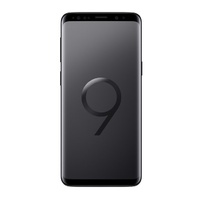

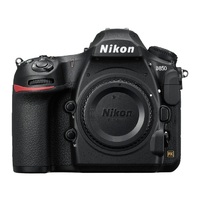
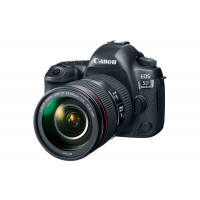

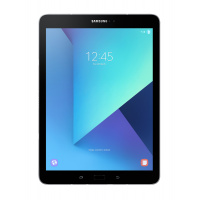
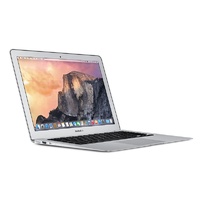





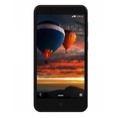




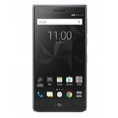

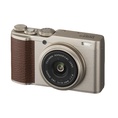
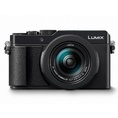

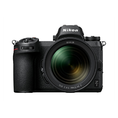
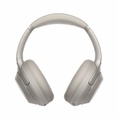
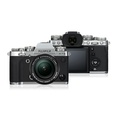






DP Review‘s review Edit Like Unlike
Mar, 2014
Pocket-lint‘s review Edit Like Unlike
Jan 24, 2014
expertreviews‘s review Edit Like Unlike
Jan 16, 2014
PC Magazine‘s review Edit Like Unlike
Dec 19, 2013
www.whatdigitalcamera.com‘s review Edit Like Unlike
Nov 13, 2013
PhotographyBLOG‘s review Edit Like Unlike
Nov 12, 2013
CNET Reviews‘s review Edit Like Unlike
Nov 15, 2013
TechRadar UK‘s review Edit Like Unlike
Nov 01, 2013
ephotozine‘s review Edit Like Unlike
Oct 31, 2013